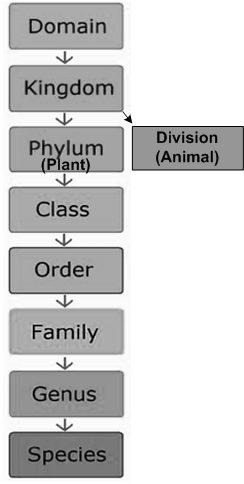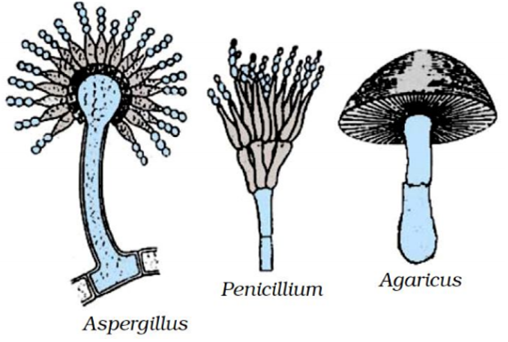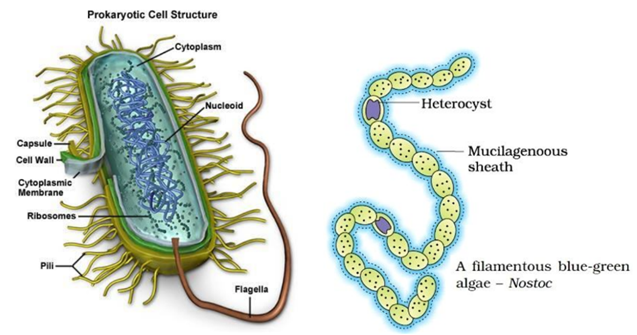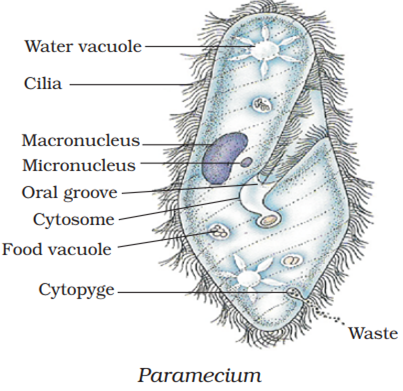CBSE
Class 10 Class 12
The classification Whittaker proposed has five kingdoms: Monera, Protista, Fungi, Plantae and Animalia, and is widely used. These groups are formed on the basis of their cell structure, mode and source of nutrition and body organisation. Further classification is done by naming the sub-groups at various levels as given in the following scheme:

This is the most accepted system of classification.
Thus, by separating organisms on the basis of a hierarchy of characteristics into smaller and smaller groups, we arrive at the basic unit of classification, which is a ‘species’.
These are multicellular and heterotrophs. The cell wall is absent.
Without cell wall. Further divided into 10 sub-groups on the basis of extent and type of body design differentiation.
Examples – Tiger, peacock, ant, insects, fishes and soon.
These are heterotrophic and have a cell wall. The cell wall is made of chitin. Most of the fungi are unicellular. Many of them have the capacity to become multicellular at a certain stage in life. They feed on decaying organic materials. Such a mode of nutrition is called saprophytic. Some fungi live in symbiotic relationship with other organisms, while some are parasites as well. Examples: yeast, Penicillium, Aspergillus, Mucor, etc.

These are prokaryotes; which means nuclear materials are not membrane bound in them. They may or may not have a cell wall. The mode of nutrition of organisms in this group can be either by synthesising their own food (autotrophic) or getting it from the environment (heterotrophic). All organisms of this kingdom are unicellular. Examples: bacteria, blue-green algae (cyanobacteria) and mycoplasma.

These are multicellular and autotrophs. Presence of chlorophyll is a distinct characteristic of plants, because of which they are capable of doing photosynthesis. The cell wall is present.
These are eukaryotes and unicellular. Some organisms use cilia or flagella for locomotion. They can be autotrophic or heterotrophic. Examples: unicellular algae, diatoms and protozoans.
